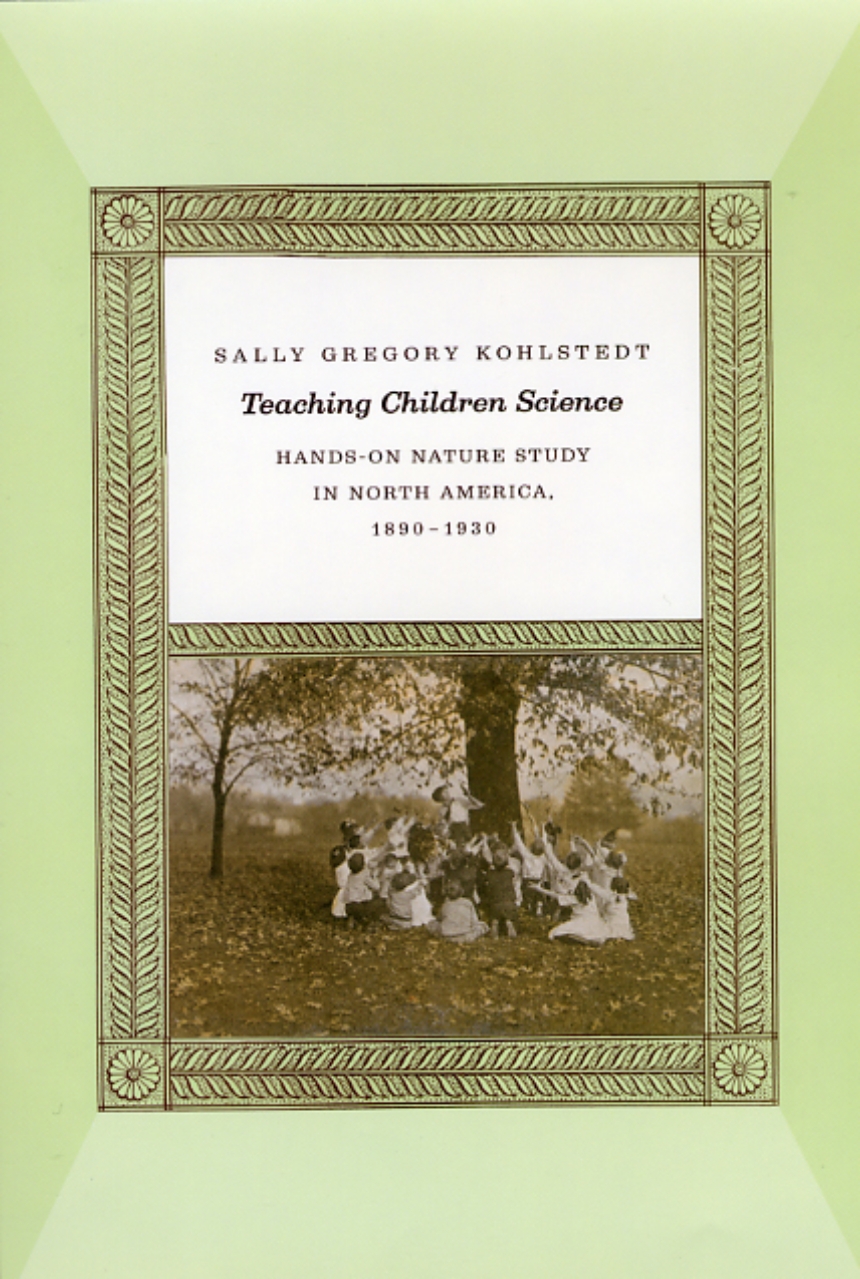Teaching Children Science
Hands-On Nature Study in North America, 1890-1930
In the early twentieth century, a curriculum known as nature study flourished in major city school systems, streetcar suburbs, small towns, and even rural one-room schools. This object-based approach to learning about the natural world marked the first systematic attempt to introduce science into elementary education, and it came at a time when institutions such as zoos, botanical gardens, natural history museums, and national parks were promoting the idea that direct knowledge of nature would benefit an increasingly urban and industrial nation.
The definitive history of this once pervasive nature study movement, TeachingChildren Science emphasizes the scientific, pedagogical, and social incentives that encouraged primarily women teachers to explore nature in and beyond their classrooms. Sally Gregory Kohlstedt brings to vivid life the instructors and reformers who advanced nature study through on-campus schools, summer programs, textbooks, and public speaking. Within a generation, this highly successful hands-on approach migrated beyond public schools into summer camps, afterschool activities, and the scouting movement. Although the rich diversity of nature study classes eventually lost ground to increasingly standardized curricula, Kohlstedt locates its legacy in the living plants and animals in classrooms and environmental field trips that remain central parts of science education today.
384 pages | 30 halftones | 6 x 9 | © 2010
Biological Sciences: Natural History
Education: Education--General Studies
History: American History
Reviews
Table of Contents
List of Illustrations
Acknowledgments
Introduction
Chapter One
Educating with Nature’s Own Book
Chapter Two
Devising a Curriculum for Nature Study
Chapter Three
Framing Nature Study for the Cities
Chapter Four
Revitalizing Farm and Country Living
Chapter Five
Deliberating Theory, Texts, and Topics
Chapter Six
Establishing Professional Identities
Chapter Seven
Forging an Institutional Base
Chapter Eight
Reframing and Extending Nature Study
Conclusion
Appendix A: List of American Nature-Study Society Officers to 1940 • 237
Appendix B: Anecdotal List of Nature-Study Supervisors
Notes
Bibliography
Index
Awards
History of Science Society: Margaret W. Rossiter History of Women in Science Prize
Won
